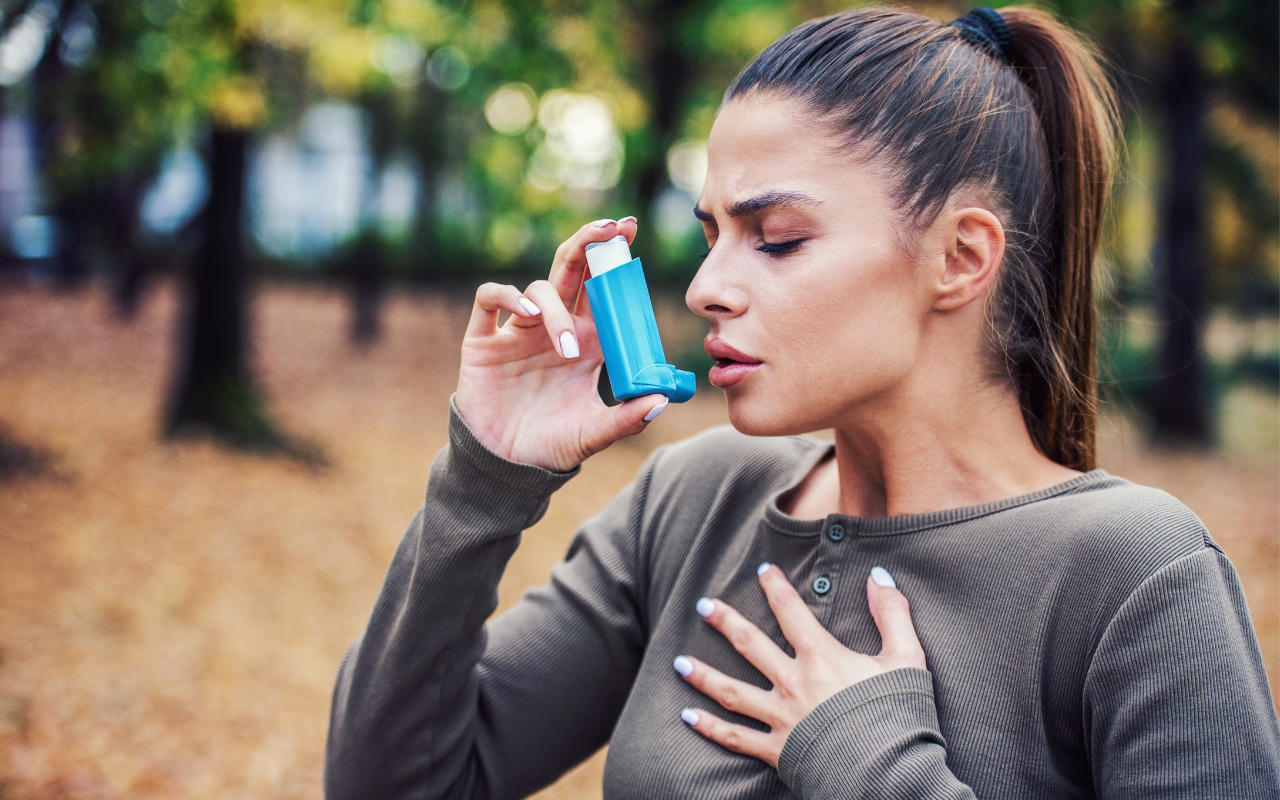Exercise-induced asthma, technically known as exercise-induced bronchoconstriction (EIB), is a condition that affects the airways during or after vigorous physical activity. It's a common affliction, especially among athletes and those with pre-existing asthma, but it can also occur in individuals without any previous history of asthma. The narrowing of the airways leads to symptoms such as shortness of breath, wheezing, coughing, and chest tightness, which can significantly impact one’s ability to exercise and overall quality of life. Fortunately, with proper management, individuals with exercise-induced asthma can still lead active, healthy lives.
Causes and Mechanisms
The precise cause of exercise-induced asthma remains somewhat elusive, but various factors contribute to the onset of symptoms. One widely accepted theory is that rapid breathing during exercise leads to inhaling cold and dry air, which can dehydrate and cool the trachea and bronchi. This lack of moisture and warmth irritates the airway linings, causing them to swell and narrow. Other triggers include air pollutants, pollen, and chlorine in swimming pools.
The condition is particularly prevalent in environments where inhaled air is cold and dry. For instance, winter sports or long-distance running athletes are often exposed to these conditions, making them more susceptible to EIB. Similarly, indoor environments with specific irritants, such as fumes from paint, new equipment, or carpet, can exacerbate the symptoms.
Symptoms and Diagnosis
Symptoms of exercise-induced asthma typically begin during or shortly after exercise and can persist for an hour or more if left untreated. They include persistent coughing, wheezing, shortness of breath, chest tightness or pain, and unusual fatigue during or after physical activity. For athletes, poorer-than-expected performance can also be a red flag.
Diagnosing exercise-induced asthma can be challenging because the symptoms overlap with those of other conditions like chronic bronchitis or vocal cord dysfunction. A healthcare provider will typically review the patient's medical history and conduct a physical examination. Pulmonary function tests, such as spirometry, may measure lung function before and after exercise to confirm the diagnosis. Methacholine challenge tests can also be employed to trigger and evaluate airway responsiveness.
For more comprehensive diagnosis and information on exercise-induced asthma, visit MyHealthAlberta.
Risk Factors
While anyone can develop exercise-induced asthma, certain groups are at a higher risk. Approximately 90% of individuals with asthma also experience exercise-induced bronchoconstriction, making it vital for them to manage their underlying asthma effectively. Elite athletes are another high-risk group, particularly those in endurance sports like running, cycling, and swimming. These activities often involve prolonged periods of deep breathing, increasing the likelihood of airway irritation.
Environmental factors such as dry air, cold air, air pollution, and chlorine can act as triggers, especially in settings like swimming pools and poorly ventilated gyms. Additionally, a history of allergies or ongoing respiratory infections can heighten the risk by causing underlying airway inflammation.
You can explore resources at Asthma + Lung UK for additional insights into asthma triggers.
Management and Treatment
Managing exercise-induced asthma involves a multifaceted approach to prevent symptoms and ensure that individuals can continue to engage in physical activity safely. Here are some effective strategies:
Medication
Medications play a crucial role in controlling exercise-induced asthma. Short-acting beta-agonists (SABAs) such as albuterol are often used as a preventive measure. These inhaled medications work quickly to relax the muscles around the airways, making breathing easier. Taking a few puffs 15 to 30 minutes before exercise can help prevent symptoms from arising.
In more severe cases, long-term control medications may be prescribed. These include inhaled corticosteroids, which reduce inflammation, and leukotriene modifiers, which help manage the body's allergic responses. For those with persistent symptoms despite using preventive inhalers, oral medications or combination therapy might be recommended.
Pre-Exercise Strategies
Implementing a proper warm-up routine before engaging in strenuous activity can help reduce the likelihood of experiencing asthma symptoms. A warm-up gradually increases the heart rate and helps the body adjust to the exercise demands. Similarly, a cool-down period is essential post-exercise to allow for a gradual return to standard breathing patterns.
Environmental Control
Being mindful of environmental triggers is crucial. For instance, when exercising outdoors, choosing times of day when pollen counts and pollution levels are lower is advisable. Wearing a scarf or a cold-weather mask can help warm and humidify the air before it reaches the lungs, mitigating the effects of cold, dry air. Ensuring proper ventilation and avoiding areas with strong odors or fumes can also be beneficial in indoor settings.
Lifestyle Modifications
Maintaining overall good health can significantly impact the management of exercise-induced asthma. Regular exercise is essential, as it helps improve overall lung function and endurance. However, it is vital to choose suitable activities. Swimming, for instance, is often recommended because the warm, moist air around pools is less likely to trigger asthma symptoms, though some individuals may be sensitive to chlorine.
A balanced diet rich in fruits and vegetables provides essential nutrients that support respiratory health. Staying hydrated is equally important, as it helps moisten the airway linings. Additionally, avoiding smoking and minimizing exposure to secondhand smoke and other respiratory irritants can enhance asthma control.
For further detailed guidance on managing exercise-induced asthma, visit the Mayo Clinic.
Psychological Impact and Quality of Life
Exercise-induced asthma can profoundly impact an individual's psychological well-being and quality of life. The fear of an asthma attack might lead some to avoid physical activity altogether, which can result in a sedentary lifestyle and associated health problems such as obesity, cardiovascular disease, and diabetes.
Young children and adolescents are particularly vulnerable to the psychological impacts of exercise-induced asthma. They may avoid participating in sports and physical activities due to fear of experiencing symptoms, affecting their social interactions and overall development. Ensuring adequate coping strategies and support from parents, coaches, and healthcare providers is crucial.
On a positive note, with proper management, many individuals with exercise-induced asthma can and do achieve high levels of athletic performance. Elite athletes, including Olympic medalists, successfully manage their condition by meticulously adhering to treatment plans and carefully monitoring environmental triggers.
Long-Term Outlook
The long-term outlook for individuals with exercise-induced asthma is generally optimistic, provided they adhere to their management plans and make necessary lifestyle adjustments. Regular follow-ups with healthcare providers are essential to monitor the condition and adjust treatment plans. It's also important to stay informed about new treatments and management strategies.
Exercise-induced asthma, while challenging, is a condition that can be effectively managed with the right approach. With appropriate treatment, lifestyle modifications, and environmental controls, individuals with exercise-induced asthma can lead active, fulfilling lives without compromising their health or well-being.
In conclusion, understanding the triggers, symptoms, and management strategies for exercise-induced asthma is essential for maintaining an active lifestyle. By working closely with healthcare providers and making informed choices, individuals with this condition can overcome challenges and enjoy the benefits of regular physical activity. For more comprehensive information, explore resources such as Lurie Children's.









